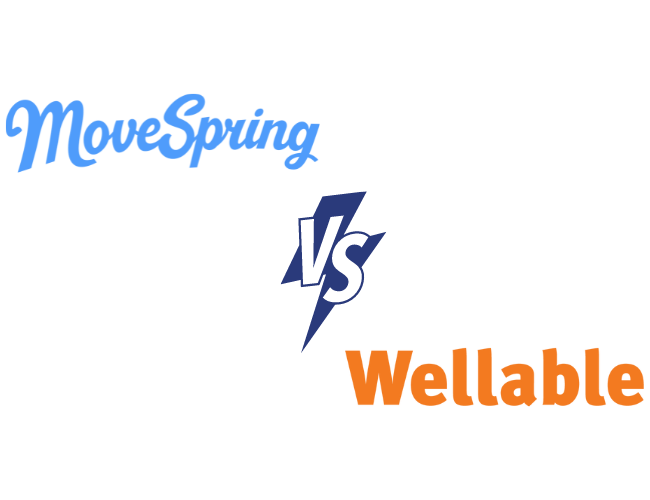Whiteboard Wednesday: Surprise Medical Bills
Estimated reading time: 1 minutes
This article is over 5 years old
In wellness, surprise medical bills are the new opioids, impacting an employee’s financial health like opioids might impact their physical health. How do surprise bills work? Typically, an employee enters an in-network emergency room (ER) or hospital, assuming everything is covered at in-network rates. However, it turns out the ancillary providers – radiologists, anesthesiologists, pathologists, and sometimes even the ER doctors themselves – are not part of the network.
If an employee signed the form contract the hospital thrusted in front of them, like most people do, they are also signing away their right to dispute the out-of-network charges. Those charges can often reach five figures for an ER visit!
Fortunately, this Whiteboard Wednesday will show how employees can avoid this entire nightmare scenario. Wellable’s guest speaker, Al Lewis, also provides a quiz to teach employees all about it as well as a workaround that can help them avoid surprise bills altogether. Thanks Al!
Other Articles In Whiteboard Wednesday
Whiteboard Wednesday: Why Employers Should Support Expecting Parents
Christine Deehring, Founder and CEO of Bump Boxes, joins this episode of Whiteboard Wednesday to offer her perspective on why supporting expecting parents is both a sound business practice and an ethical step that organizations can take to promote the well-being of their employees.
Whiteboard Wednesday: New EEOC Wellness Rules
In Wellable’s first-ever guest appearance on Whiteboard Wednesdays, Al Lewis provides his perspective on how employee wellness programs will never be the same. Al discusses the impact on wellness programs that offer incentives for “clinical” programs, such as biometric screenings and HRAs.
Whiteboard Wednesday: Should Employers Offer Genetic Testing?
As with most wellness offerings, the rationale behind launching an initiative is driven by either a return-on-investment (ROI) or value-on-investment (VOI) perspective. Watch and learn why genetic testing for an employee wellness program may not be the type of innovation a company wants to support.
Whiteboard Wednesday: Findings From The Illinois Workplace Wellness Study
The Illinois Workplace Wellness study found that financial incentives have a diminishing marginal return and incentives for downstream wellness activities were more cost-effective than up-front incentives tied to completing the initial health screening. Watch this 3-minute video to learn more!
Whiteboard Wednesday: 5 Real And Unique Wellness Rewards
This week’s Whiteboard Wednesday session reviews five leading companies and their actual wellness rewards and benefits they offer employees, highlight best practices such as reinvestment into personal health, strengthening benefit plans for recruitment and retention, and affordability.
Whiteboard Wednesday: The Hidden Costs Of Wellness Spreadsheets
When the total costs of self-service programs are included in the decision-making process, employers may reconsider running wellness challenges internally and think about reallocating the freed capacity to higher value areas.
Whiteboard Wednesday: Math Behind Reducing Blood Testing
This week’s Whiteboard Wednesday (WW) session is on the math behind reducing blood testing and why employers should not conduct broad-based blood testing via biometric screenings. WW videos are meant to be short so this one focuses on the impact of over-testing from a mathematical perspective.
Whiteboard Wednesday: Employee Wellness Rewards
Employers invest significant financial resources in the form of rewards or prizes for participating in an employee wellness programs. It only makes sense for organizations to create reward structures that provide the greatest “bang for the buck.” Here are 3 pro tips to make the most of your budget!
Whiteboard Wednesday: ROI vs. VOI
Whiteboard Wednesdays are short-form video posts from Wellable on important topics to know for employee health and wellness professionals. Check out this video on how to measure wellness program success and the differences between return on investment (ROI) and value on investment (VOI).











